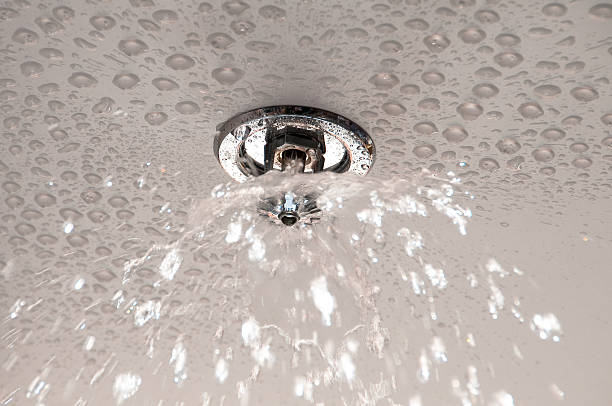
Installing fire sprinklers in residential buildings is one of the most effective ways to enhance fire safety and unlock significant financial benefits, including reduced insurance costs. These systems are designed to detect and control fires at their early stages, preventing extensive damage to your property and its contents. By reducing the risk of severe loss, fire sprinklers make homes safer, which is why many insurance companies offer discounted premiums for properties equipped with them.
Fire sprinklers work by targeting and suppressing fires before they spread, minimising the need for costly repairs and replacements. Unlike traditional firefighting methods, these systems operate automatically, responding to heat and flames almost instantly. This fast action not only protects lives but also limits the extent of fire damage, creating a safer environment for residents.
Insurance providers recognise the reliability of fire sprinklers, rewarding homeowners with lower premiums. For properties in Hampshire and across the UK, where fire safety regulations are increasingly stringent, installing fire sprinklers is a practical solution to enhance compliance while cutting costs.
This article will investigate how installing fire sprinklers in residential buildings can lead to insurance savings, why they are a valuable investment for homeowners, and other financial benefits they bring. Whether you’re looking to improve your property’s safety or reduce your expenses, fire sprinklers offer a cost-effective way to achieve both.
How Fire Sprinklers Work To Reduce Fire Risks In Residential Buildings
Installing fire sprinklers in residential buildings is a highly effective way to mitigate fire risks and protect both property and lives. These systems operate by detecting the presence of fire and automatically suppressing it before it can spread. Understanding how fire sprinklers work is key to appreciating their role in reducing risks and insurance costs.
How Fire Sprinklers Work
Fire sprinklers are equipped with heat-sensitive triggers, typically made of glass bulbs or fusible links. These components are designed to respond only when the temperature reaches a specific threshold, usually between 57°C and 74°C, indicating the presence of a fire. Once activated, the sprinklers release water in a targeted area, extinguishing flames and cooling surrounding surfaces to prevent re-ignition.
Contrary to popular belief, fire sprinklers do not activate throughout the entire property unless necessary. Each sprinkler head operates independently, which ensures that only the areas directly affected by the fire are treated. This precision minimises water damage while effectively controlling the fire.
How Fire Sprinklers Reduce Fire Risks
- Immediate Response:
Fire sprinklers activate within seconds of detecting heat, significantly reducing the time it takes to address the fire. This swift action can limit damage and prevent fires from growing out of control. - Minimising Property Damage:
By containing the fire to its origin, sprinklers prevent flames from spreading to other parts of the building. This reduces the extent of structural and material damage, lowering repair and replacement costs. - Protecting Lives:
The presence of fire sprinklers drastically improves survival rates by suppressing flames and reducing toxic smoke. In residential buildings, this added safety feature provides peace of mind for families and tenants. - Reducing Financial Risks:
Fires can result in significant losses for property owners, including repair costs, loss of belongings, and temporary relocation expenses. By preventing major damage, sprinklers help mitigate these financial risks.
The Connection to Insurance Savings
Insurance providers base premiums on the likelihood of claims and the severity of potential damages. Properties equipped with fire sprinklers are deemed lower risk, as the systems reduce both the frequency and magnitude of fire-related losses. This translates to immediate and long-term savings for homeowners.
By addressing fire risks promptly and effectively, fire sprinklers not only protect residential buildings but also make them more cost-effective to insure.

Why Insurance Companies Offer Discounts For Homes With Fire Sprinklers
Insurance providers reward homeowners for mitigating risks, and installing fire sprinklers in residential buildings is one of the most effective ways to do so. By reducing the likelihood and severity of fire-related claims, these systems significantly impact how insurers calculate premiums. Here’s why fire sprinklers lead to discounts on insurance policies:
1. Lower Risk of Extensive Damage: Fire sprinklers are designed to suppress fires quickly, often before emergency services arrive. By localising and controlling the fire in its early stages, sprinklers limit structural and material damage. For insurers, this means smaller claims, as the cost of repairs and replacements is significantly reduced. For example, a fire in a home without sprinklers may require extensive rebuilding, while a sprinkler-equipped property might only need minor repairs in a single room. This risk reduction is a key factor in premium calculations.
2. Reduced Likelihood of Total Loss: One of the largest concerns for insurance companies is a fire that leads to a total property loss. Fire sprinklers drastically reduce this possibility by containing fires to a small area, preventing them from engulfing the entire building. This level of protection gives insurers confidence that the property is less likely to incur catastrophic damage.
3. Enhanced Safety and Compliance: Fire sprinklers improve safety for occupants, lowering the likelihood of injury or fatalities during a fire. This added layer of protection not only benefits residents but also aligns with legal and safety standards. Properties that comply with enhanced fire safety regulations are viewed more favourably by insurers.
4. Fewer Claims Filed: Homeowners with fire sprinklers are less likely to file large-scale claims for fire damage, which reduces the financial exposure for insurers. Fewer claims translate into cost savings for the insurer, which they pass on to homeowners in the form of lower premiums.
5. Market Trends and Competitive Rates: As fire sprinklers become more common in residential properties, many insurers offer competitive rates to incentivise their installation. This encourages homeowners to invest in fire safety measures, ultimately reducing the insurer’s overall risk exposure.
Real Savings for Homeowners
Insurance premium discounts for properties with fire sprinklers vary, but they can range from 5% to 15%, depending on the insurer. Over time, these savings can offset the cost of installing the system, making it a financially sound investment.
By installing fire sprinklers, homeowners not only improve fire safety but also enjoy measurable financial benefits, including significant savings on insurance premiums.
How Fire Sprinklers Lower Insurance Costs for Homeowners
These examples illustrate the tangible benefits of installing fire sprinklers in residential buildings, particularly in reducing insurance costs. Here are a few case studies that highlight how these systems help homeowners save money while enhancing property safety.
Case Study 1: A Family Home in Hampshire
A homeowner in Hampshire decided to install a fire sprinkler system after renovating their property. The house, which previously relied on standard smoke detectors, now featured a modern sprinkler system capable of suppressing fires in seconds.
When the homeowner informed their insurer about the upgrade, they were offered a 12% reduction in their annual premium. The insurer noted that the sprinkler system significantly reduced the likelihood of severe fire damage, making the property less risky to insure. Over a five-year period, the family saved over £1,000 on insurance costs, offsetting a portion of the installation expense.
Case Study 2: Apartment Building with Multiple Units
A landlord managing a small block of residential flats faced high insurance premiums due to the increased fire risks associated with multi-occupancy properties. After installing fire sprinklers in all common areas and individual units, the landlord received a substantial discount from their insurer, amounting to 15% annually.
The landlord not only benefited from lower premiums but also attracted tenants who appreciated the enhanced safety features. This combination of cost savings and tenant satisfaction demonstrated the long-term value of fire sprinklers.
Case Study 3: Preventing a Catastrophic Loss
In another example, a homeowner in Portsmouth experienced a kitchen fire caused by an electrical fault. Thanks to a fire sprinkler system, the fire was extinguished within seconds, limiting damage to the stove and surrounding cabinetry.
The insurance company, impressed by the minimal damage and the system’s effectiveness, approved a lower premium renewal rate for the homeowner. Without the sprinklers, the fire could have spread, resulting in a much larger claim and higher future premiums.
Key Takeaway: These examples show how fire sprinklers not only protect properties but also lead to substantial financial benefits. By reducing damage and lowering the likelihood of claims, fire sprinklers create a win-win scenario for both homeowners and insurers. Over time, these savings make the investment in fire sprinklers both practical and profitable.

Additional Financial Benefits Of Installing Fire Sprinklers In Residential Buildings
Beyond the immediate reduction in insurance costs, installing fire sprinklers in a residential building offers several other financial benefits that make them a smart investment for homeowners. From long-term savings to increased property value, these systems provide a wide range of economic advantages.
1. Reduced Repair and Restoration Costs: Fires can cause extensive damage, requiring costly repairs to restore the property. Fire sprinklers work by containing and suppressing flames quickly, limiting the affected area. This significantly reduces the expenses associated with repairs, such as replacing structural components, redecorating, and repairing damaged electrical systems. For example, without sprinklers, a small kitchen fire could escalate into a blaze that damages multiple rooms. With sprinklers, the damage is often confined to a single area, minimising both costs and disruption.
2. Lower Emergency Service Costs: In some cases, local fire authorities may charge for emergency services, particularly if a fire requires extensive resources. Fire sprinklers can prevent the need for large-scale firefighting efforts, saving homeowners from these additional charges.
3. Increased Property Value: Properties equipped with fire sprinklers are often seen as more desirable in the housing market. Buyers value the added safety and may be willing to pay a premium for a home with this feature. This increased marketability can lead to higher property resale values, making fire sprinklers a worthwhile investment for homeowners planning to sell in the future.
4. Potential Tax Benefits: In some regions, government incentives or tax breaks may be available for installing fire safety systems. These financial benefits can further offset the initial installation costs, providing additional savings for homeowners.
5. Enhanced Tenant Appeal for Rental Properties: For landlords, fire sprinklers can attract tenants who prioritise safety. This added feature can justify higher rental rates, increasing the property’s income potential. Tenants may also be more inclined to stay longer in a property with enhanced safety measures, reducing turnover costs.
6. Long-Term Savings: While the initial cost of installing fire sprinklers may seem high, the long-term savings they provide—through lower insurance premiums, reduced repair costs, and added property value—far outweigh the expense. Homeowners gain peace of mind knowing they are protecting their property and finances.
By addressing multiple aspects of financial security, fire sprinklers prove to be a cost-effective solution that delivers both immediate and lasting economic benefits for residential buildings.
Protect Your Home And Finances With Fire Sprinklers
I believe that installing fire sprinklers in residential buildings is more than just a safety measure—it’s a practical investment that offers long-term financial benefits. These systems not only provide unparalleled protection for your property and loved ones but also help reduce costs in multiple ways, including lower insurance premiums, decreased repair expenses, and increased property value.
Insurance companies recognise the reduced risks associated with properties equipped with fire sprinklers, often rewarding homeowners with significant premium discounts. Beyond that, sprinklers limit fire damage, reducing the need for costly repairs and making homes more marketable to potential buyers. For landlords, sprinklers enhance tenant appeal and rental income, further adding to their value.
At Legacy GLM Group, we specialise in providing high-quality fire sprinkler installation services tailored to meet the unique needs of residential properties. Our experienced team ensures that every system is designed and installed to the highest standards, delivering peace of mind and long-term savings for homeowners.
If you’re ready to protect your home, loved ones, and finances, now is the perfect time to consider installing fire sprinklers. Contact us today to discuss how our professional installation services can enhance your property’s safety and value. Let’s work together to create a safer, more cost-effective living environment for you and your family.



